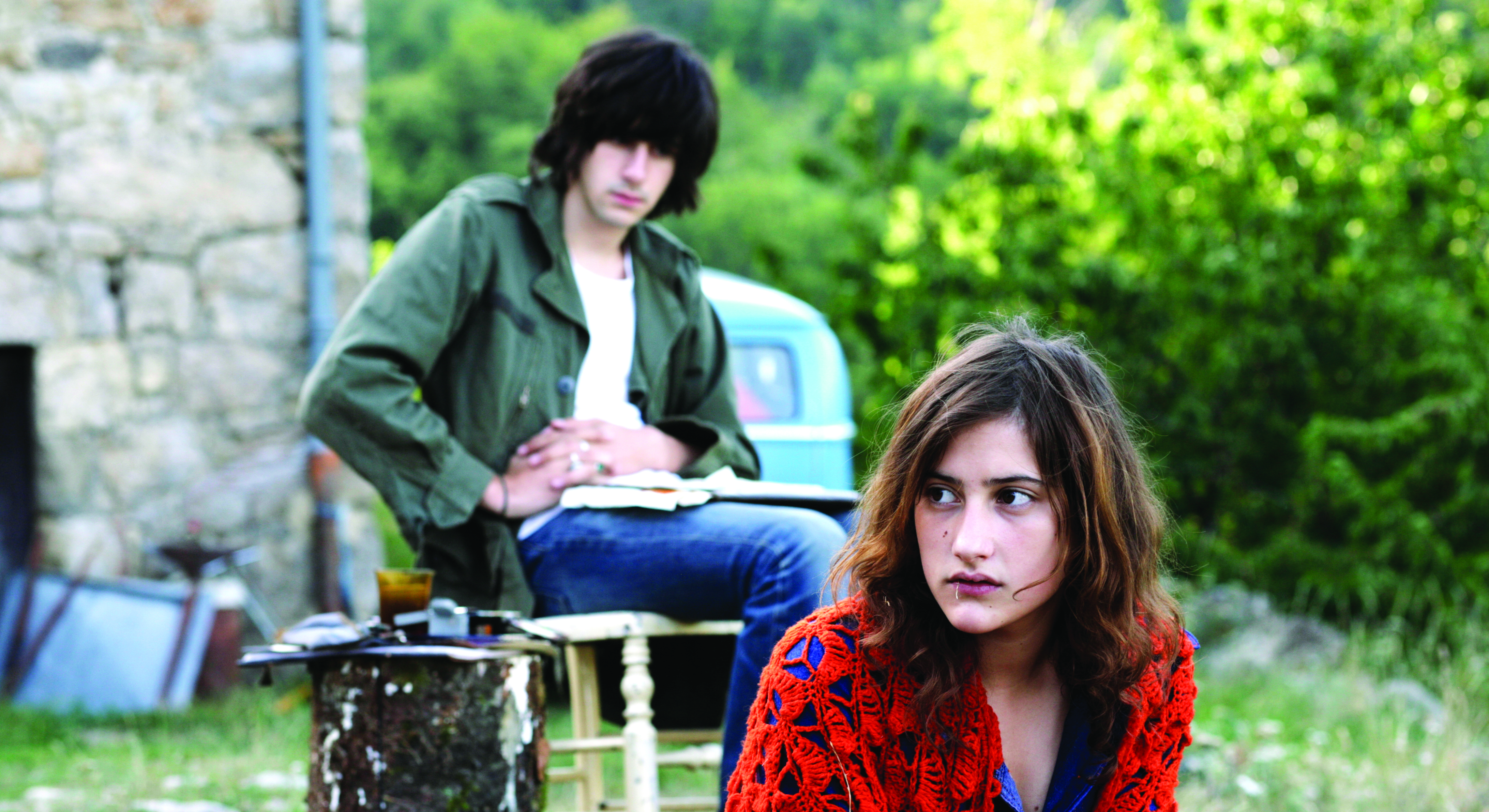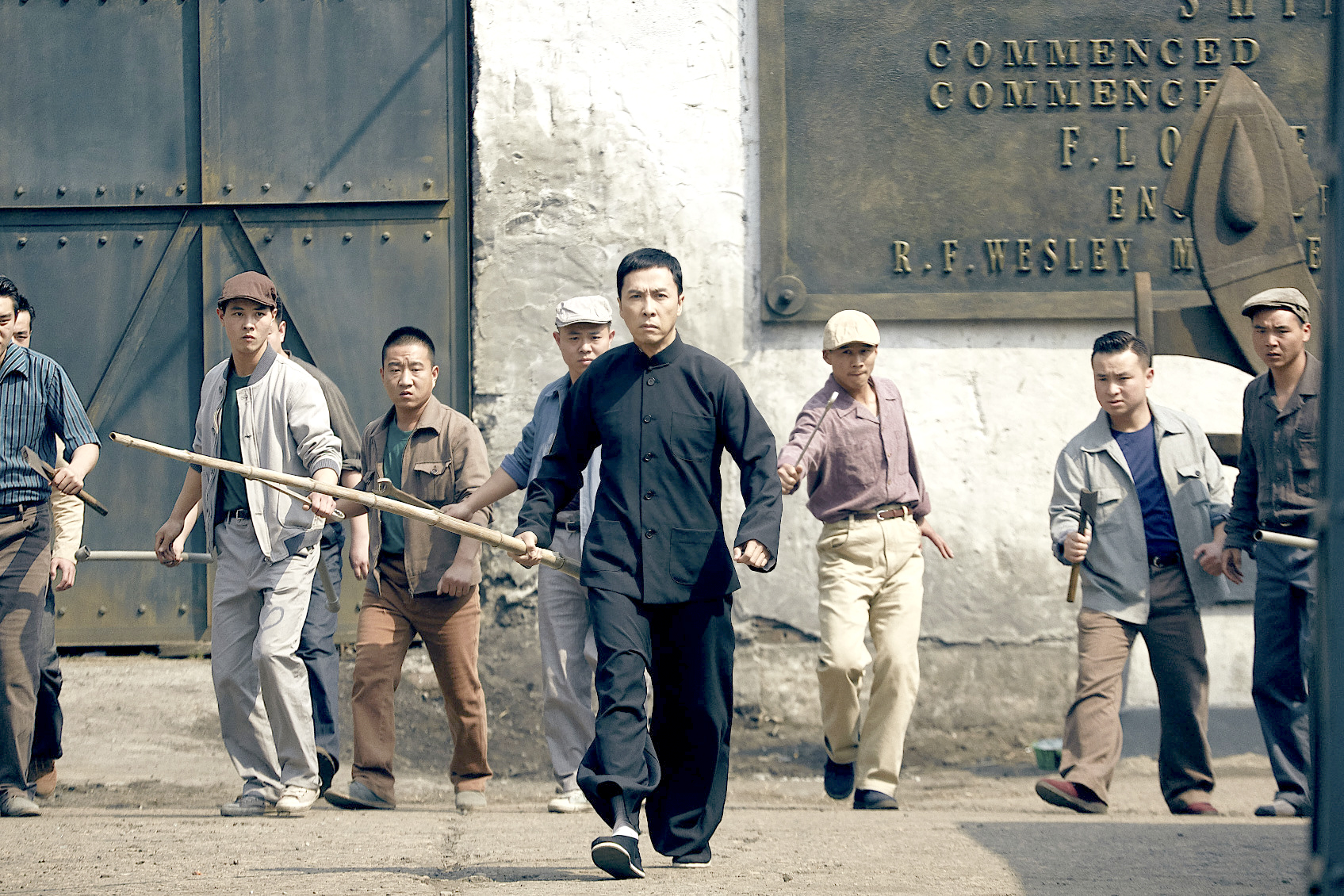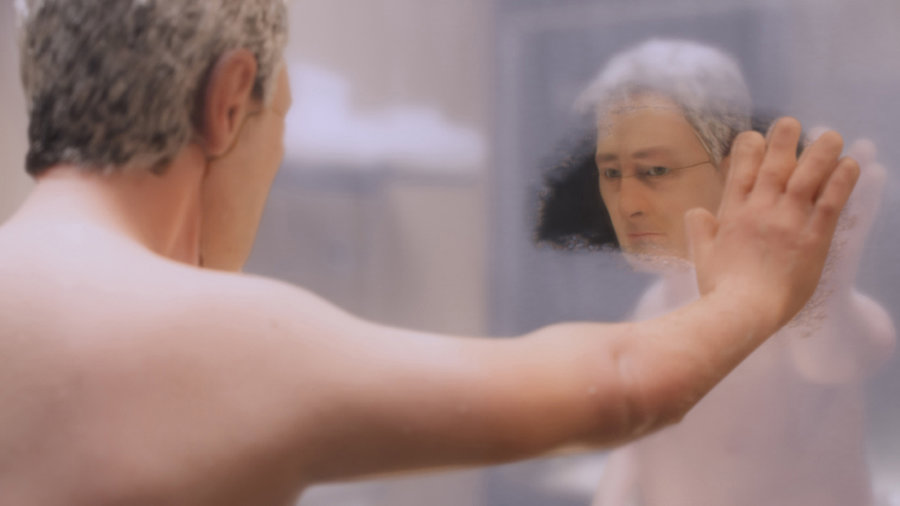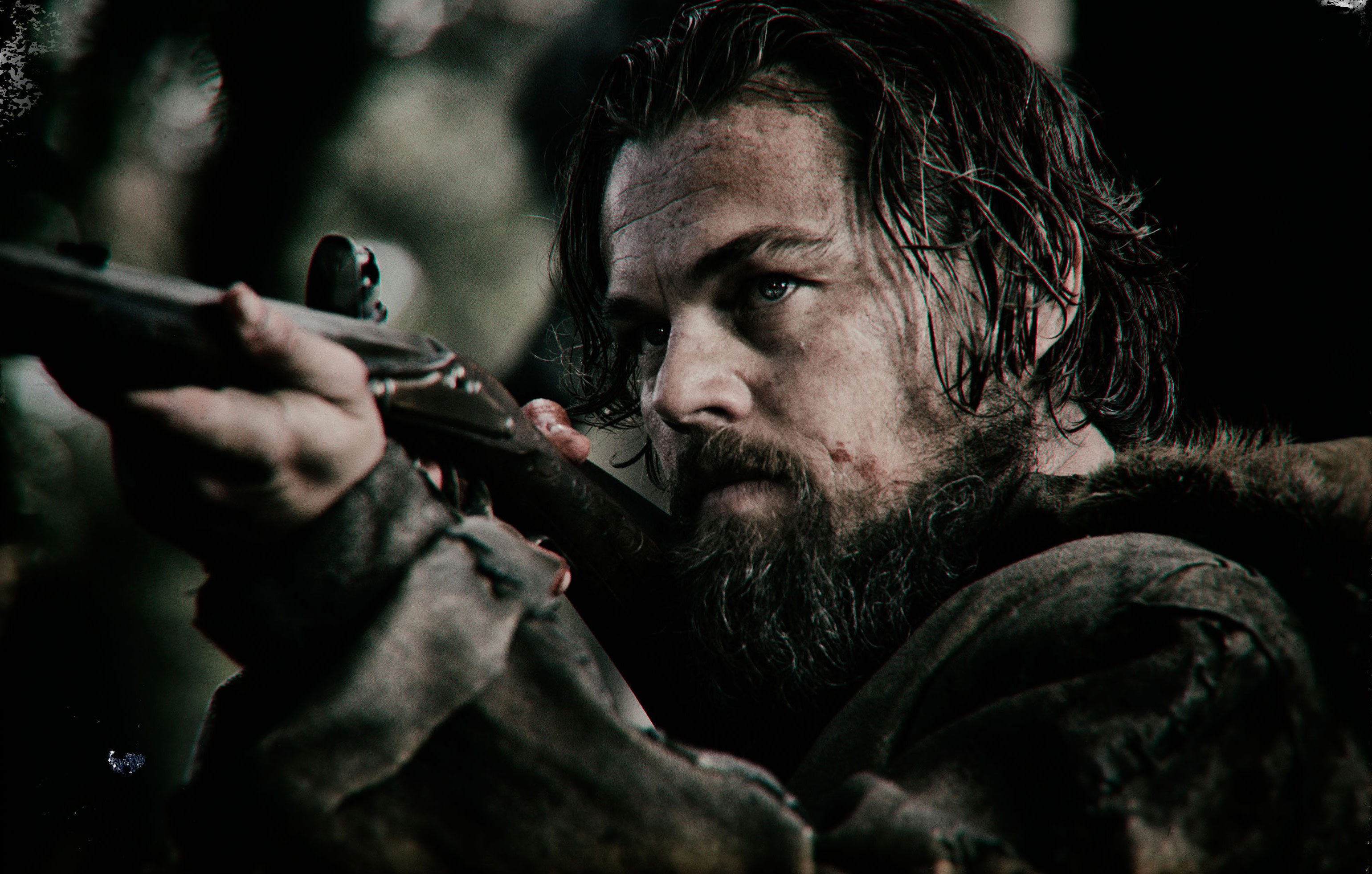1
Something in the Air A loosely shaped, passionate tale of a college kid in the early 1970s who moves through stages of radicalism, heartbreak, disillusionment, and love for art and movies. Gee, I wonder why I liked it so much? Director Olivier Assayas is in his groove here, gazing at his foolish romantics with just the right balance of sympathy and distance (he shows how some of that romantic foolishness results in people actually getting ruined, for instance). But he hasn’t lost his belief that art remains a salvation. (May, Northwest Film Forum)
2
All Is Lost A man—”Our Man,” according to the end credits—tries to salvage a catastrophe aboard his sailboat during a solo journey in the Indian Ocean. As director J.C. Chandor (Margin Call) shows, with patient meticulousness, this guy does everything right, acts in a smart way, and works hard. None of that will ultimately help, because the movie knows, in the end, for everybody, all is eventually lost. Robert Redford, beautifully cast, really does have the role of a lifetime.
3
Gravity The cold blackness of space reflects an astronaut’s inconsolable grief about her earthly life. That’s a simple idea, but movies aren’t ideas, they’re experiences—and hoo-boy, has Alfonso Cuaron created a cinematic experience like no other. The technical feat of astronauts floating in a horizonless frame is astonishing, but people were wrong when they said this film points to the future of movies. It actually returns us to film’s original sense of wonder, of seeing things in an unimaginable new way.
4
Blue Is the Warmest Color A teenager, Adele (Adele Exarchopoulos), grows into a human being in Abdellatif Kechiche’s three-hour coming-of-age drama. And while her intense sexual affair with an older artist (Lea Seydoux) is an important part of that process, it’s not the only part—what really matters is Adele figuring out how she sees herself, rather than how others see her. (The November release, currently out of theaters, will return to SIFF on January 13.)
5
Inside Llewyn Davis A struggling folk musician (Oscar Isaac) in 1961 Greenwich Village keeps going in circles, as the Coen brothers somehow make the tale of an unlikable jerk into a sad and funny fable. Each scene is so immaculately composed it almost becomes oppressive. Maybe that’s the way poor Llewyn feels, too.
6
The Unspeakable Act Dan Sallitt’s micro-indie stuck with me all year as one of 2013’s true originals. A precisely rendered Brooklyn household is home to a wry teenager (the unlikely Tallie Medel) who can’t get past “the I word,” as it’s called. She’s in love with her older brother, in perhaps the least melodramatic movie about incestuous feelings ever made. (July, NWFF)
7
Nebraska Alexander Payne’s latest gets off to an awkward start, but once a self-deluding coot (Bruce Dern) and his exasperated son (Will Forte) begin their road trip, things click into very smooth gear. And the final 20 minutes, despite being rooted in grunty everyday reality, go aloft in a way that can fairly be called sublime. It’s all the more evocative for being in black and white. (See related interview with screenwriter Bob Nelson.)
8
The Act of Killing Lots of strong documentaries this year, but this one might be unprecedented. Director Joshua Oppenheimer went to Indonesia and got the murderers from that country’s mid-1960s genocide, inflicted on suspected communists, to participate in re-creating their acts for his camera. Sets, lighting, and makeup are included, and only occasionally does one of the killers pause to wonder about the strangeness of this. After all, they modeled their young selves on the gangsters they loved in movies; why not re-enact their atrocities? Yes, this is all as jaw-dropping as it sounds. (August, Varsity)
9
Amour I know—wasn’t this last year for New York and L.A.? Yes, but Michael Haneke’s remarkable study of an elderly married couple facing the end opened hereabouts in January. And it’s still a great movie.
10
Like a Rolling Stone I realize this music video, released in November, is just five minutes long. But since it consists of 16 different “channels” (and you can change channels as many times during the song as you like), it’s maybe feature-length in its own way. The Bob Dylan tune is one of the greatest ever, and the video’s inspiration is to have the folks in the different TV shows (some real, some fake) lip-sync the song. The effect leaves no one unscathed. How do you feel?
Many good ones
just missed the list. Argentina’s young director Matias Pineiro made a wisp of a film in Viola, but it points the way to a new kind of movie. Ryan Coogler’s Fruitvale Station deserves more acclaim than it’s received, and Haifa Al-Mansour’s Wadjda is a brave and lively feature from Saudi Arabia, a country with no movie theaters. Richard Linklater’s Before
Midnight continues a beautiful multi-film exploration of a relationship, and Jordan Vogt-Roberts’ The Kings of Summer was better than more popular comedies. Steve McQueen’s 12 Years a Slave is unforgettable in many ways. The two big epics of excess at year’s end—David O. Russell’s American Hustle and Martin Scorsese’s The Wolf of Wall Street—are berserk enough to qualify as must-sees.
Didn’t see, but on my Scarecrow list: Behind the Candelabra, The Hunt, The Place Beyond the Pines, This Is the End, Top of the Lake (TV).
film@seattleweekly.com







